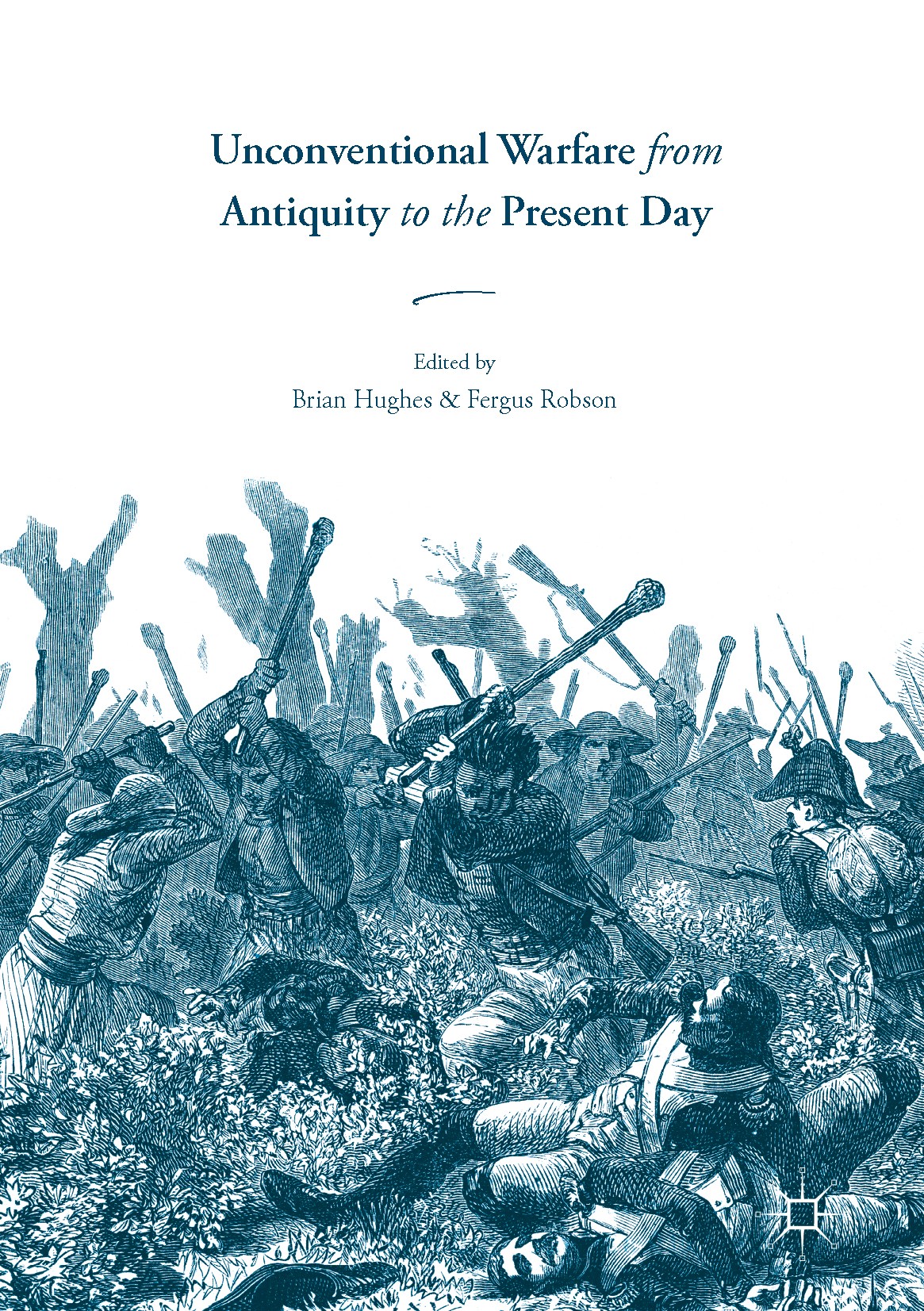| 书目名称 | Unconventional Warfare from Antiquity to the Present Day | | 编辑 | Brian Hughes,Fergus Robson | | 视频video | http://file.papertrans.cn/942/941227/941227.mp4 | | 概述 | Addresses the issue of unconventional warfare in a range of historical periods and places, from a variety of analytic perspectives.Provides unique insights into the practices, experiences, and discour | | 图书封面 |  | | 描述 | .This volume addresses the problem of small, irregular, and unconventional war across time and around the globe. The use of non-uniformed and often civilian combatants, with tactics eschewing pitched battles, is the most common form of warfare throughout history and comes in many forms... The collection works back in time beginning with the ‘Long War’ in present day Afghanistan and concluding with warfare in classical Greece. Along the way it engages with conflicts as diverse as the American Civil War and regional rebellion in Tudor England. Each case study provides unique insights into the practices, experiences, and discourses that have shaped this ubiquitous type of conflict... Readers interested in rebellion and repression, cultural and tactical interpretations of conflict, civilian strategies in wartime, the supposed ‘western way of war’, and the ways in which participants have framed and related their actions across a variety of spheres will find much ofinterest in these pages.. | | 出版日期 | Book 2017 | | 关键词 | History of conflict; Social history; Armies; Cultural history; Revolt; guerrilla warfare; terrorism; twenti | | 版次 | 1 | | doi | https://doi.org/10.1007/978-3-319-49526-2 | | isbn_softcover | 978-3-319-84180-9 | | isbn_ebook | 978-3-319-49526-2 | | copyright | The Editor(s) (if applicable) and The Author(s), under exclusive license to Springer Nature Switzerl |
The information of publication is updating

|
|
 |Archiver|手机版|小黑屋|
派博传思国际
( 京公网安备110108008328)
GMT+8, 2025-12-14 21:20
|Archiver|手机版|小黑屋|
派博传思国际
( 京公网安备110108008328)
GMT+8, 2025-12-14 21:20


